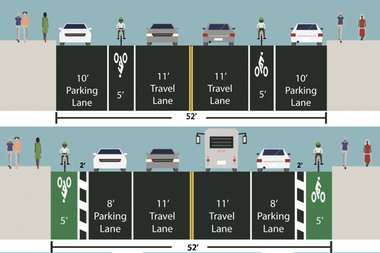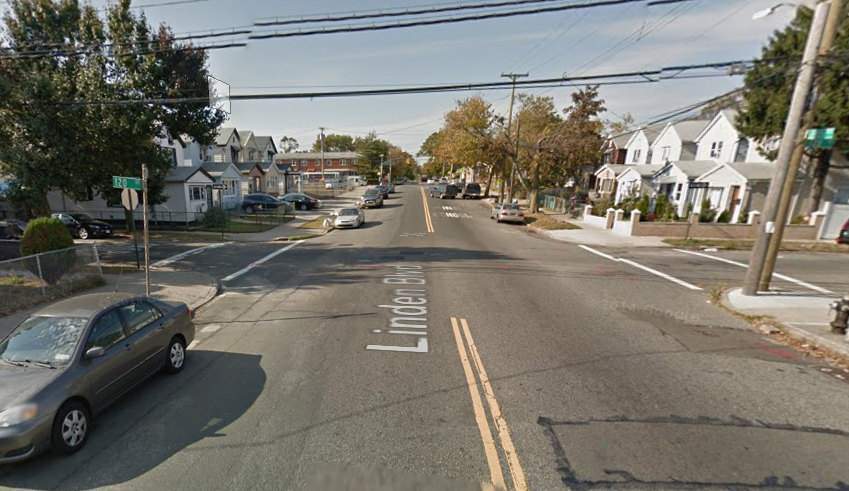 So far this year 16 people were killed in a bicycle accident in New York City. This is the highest number of bikers killed over a period of 8 months in the city. As bicycling is becoming more and more popular in New York, it is important that bikers feel safe when they ride. Pedestrians also are at increased risk of fatal accidents. 74 people died while walking in the streets of New York. Another worrisome problem is the growing number of hit and run fatal accidents. 28 people were killed by hit and run drivers since the beginning of the year. This is higher than the total number of people killed by hit and run drivers over the complete year of 2015.
So far this year 16 people were killed in a bicycle accident in New York City. This is the highest number of bikers killed over a period of 8 months in the city. As bicycling is becoming more and more popular in New York, it is important that bikers feel safe when they ride. Pedestrians also are at increased risk of fatal accidents. 74 people died while walking in the streets of New York. Another worrisome problem is the growing number of hit and run fatal accidents. 28 people were killed by hit and run drivers since the beginning of the year. This is higher than the total number of people killed by hit and run drivers over the complete year of 2015.
This Thursday Please join Transportation Alternatives, Families For Safe Streets, Right of Way and Kidical Mass BK to ride together to demand streets safe for biking and walking. The meeting point is at Fountain of Pamona at East 59th Street and 5th Avenue in Manhattan at 6:00 pm. The ride will start at 6:30 pm.
Riders want to send a message to Mayor de Blasio that “This is enough” ! Too many bicyclists and pedestrians have been killed or injured in traffic accidents in New York City this year and it has to stop. Mayor de Blasio is not doing enough to make New York City streets safe. After improving during de blasio’s first two years as mayor, the number of bicycle and pedestrian accidents are increasing again. This Thursday riders will ask the mayor to take immediate action to fast track projects related to the construction of protected bike lanes and safeguarded pedestrian crossings in areas that have been designated priority areas by Vision Zero.
 New York Personal Injury Attorneys Blog
New York Personal Injury Attorneys Blog


 Distracted driving is the number one cause of car accidents in the U.S. Among age groups, statistics indicate that teen drivers are the most at risk of being involved in a
Distracted driving is the number one cause of car accidents in the U.S. Among age groups, statistics indicate that teen drivers are the most at risk of being involved in a  Between 2010 and 2014, one bicyclist died and 270 people were injured on Jay Street in Brooklyn NYC. The Jay Street bike lane was
Between 2010 and 2014, one bicyclist died and 270 people were injured on Jay Street in Brooklyn NYC. The Jay Street bike lane was  An 80 year old
An 80 year old  A 23 woman
A 23 woman  Two
Two  Promoting safety culture not only reduces the risk of
Promoting safety culture not only reduces the risk of 